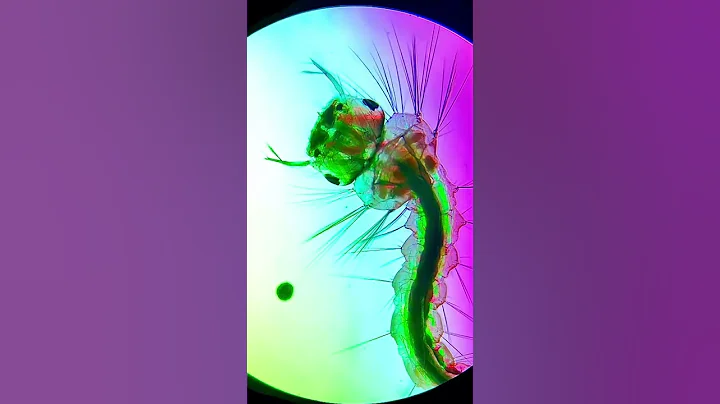[CNMO News] In recent years, more and more studies have found that microplastics are everywhere. In addition to what we can see, microplastics have also entered various tissues of the human body, including the lungs and blood. According to current knowledge, microplastics have little impact on human health. Most larger microplastics cannot be absorbed by human cells and are eliminated from the body. However, scientists are still unclear whether nanoscale microplastics can be absorbed by human cells. And how much can be absorbed. On July 13, CNMO learned that a team of scientists from the German Federal Institute for Risk Assessment has recently proven that cells cultured in the laboratory can absorb microplastics, and the smaller the particles, the more they are absorbed.
![[CNMO News] In recent years, more and more studies have found that microplastics are everywhere. In addition to what we can see, microplastics have also entered various tissues of the human body, including the lungs and blood. - DayDayNews](https://cdn-dd.lujuba.top/img/loading.gif)
Scientist (picture and text are irrelevant)
It is understood that the relevant research results have been published in the recent "Microplastics and Nanoplastics" magazine. The research team has been studying the effects of submicron and nanoscale plastic particles on human intestinal cells and liver cells, but these particles are very tiny and difficult to study, so it is difficult to understand their impact on human tissue. The researchers exposed experimentally cultured cells to a variety of daily plastics and then used microscopes and advanced testing methods to observe and test them. They found that the smaller the microplastic particles, the more they were absorbed by the cells.
![[CNMO News] In recent years, more and more studies have found that microplastics are everywhere. In addition to what we can see, microplastics have also entered various tissues of the human body, including the lungs and blood. - DayDayNews](https://cdn-dd.lujuba.top/img/loading.gif)
Microplastic particles
![[CNMO News] In recent years, more and more studies have found that microplastics are everywhere. In addition to what we can see, microplastics have also entered various tissues of the human body, including the lungs and blood. - DayDayNews](https://cdn-dd.lujuba.top/img/loading.gif)
Scientists used microscopes to observe
At the same time, researchers also found that small intestinal cells grown in the laboratory were quite resistant. Microplastics only "penetrated" into the cells to a small extent, while the submicron range was more Small microplastic particles can be found in large numbers in intestinal cells and liver cells, but these particles are either directly attached to the cell membrane or trapped in small bubbles in the cell membrane.
Scientists say that it is not yet clear whether such microplastic particles will damage the normal metabolism of cells, but microplastic particles may carry harmful substances into cells. The research helps narrow the understanding of the health effects of microplastic particles, but it cannot yet be easily applied to humans. To this end, scientists must do more in-depth research and experiments to verify.





















